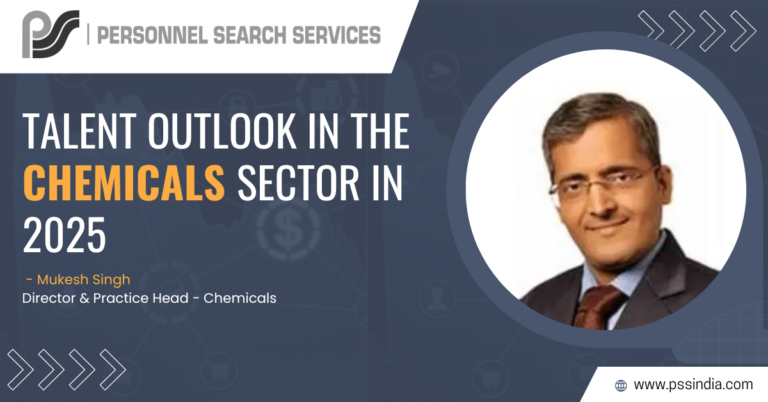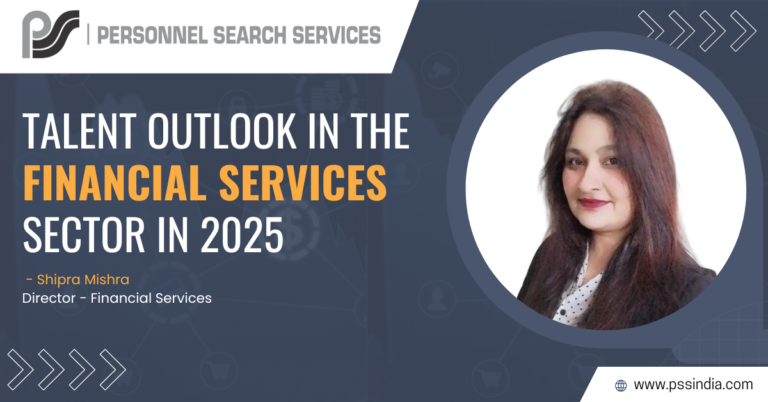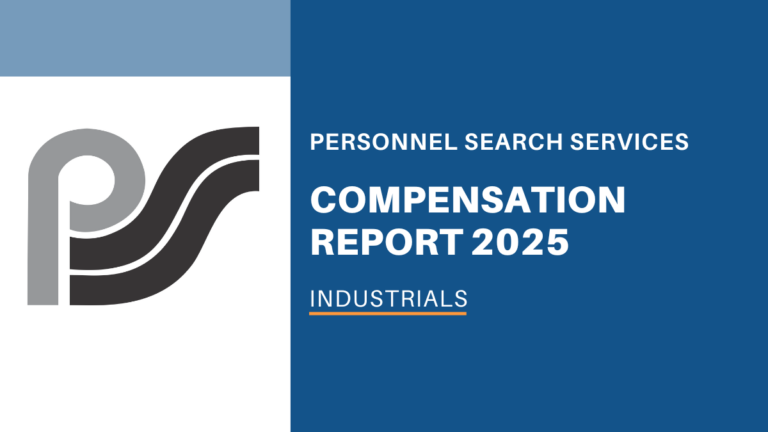The hiring process has followed a fairly standard framework for as long as we can remember. So what then has changed in recent times that merits a serious overhauling of the formal hiring process as we know it today?
The pandemic has accelerated a change that was already simmering below the surface. Numerous organizations are struggling to find suitable personnel due to factors such as gig workers, non-traditional talent pools, location-independent employment, and a notable shift in candidates’ expectations. According to a recent Gartner poll, 59% of job seekers would accept a job with a worse work-life balance over one with a 10% greater salary. The conversations that applicants are having as they consider who they want to work for are indicative of this reprioritization. Offer acceptance decisions are heavily influenced by elements like personal time, meaningful work, more flexibility, and other comparable aspects.
1. A compelling value proposition for employers:

Reviews are essential when making decisions like purchasing a new smartphone or selecting a resort to reserve for our next vacation! When prospects choose to apply or join a company, the process is similar: networks and Glassdoor evaluations are checked to learn about the experiences of previous workers. If the company has policies that support diversity, that is what they want to know. Establishing a reputation as an employer of choice for today’s very varied talent pool requires organizations to consistently seek to present themselves as an inclusive and diversity-friendly workplace.
2. Looking for culture “add” instead of culture “fit”

Cultural fit is a typical factor on interview assessment sheets, evolving from cultural fit to cultural add. It usually means that the candidate is likely to fit in and that everything else is well with them. Diverse applicants may find it difficult to enter as a result of this. People who are different must adopt a “synergy” perspective that allows them to remain true to who they are instead of “blending in.” It is important to assess applicants based on their affinity with the corporate values rather than just how well they fit in. Organizations must continue to welcome those whose varied perspectives will enrich the culture.
3. Reducing systematic and unconscious prejudice:

The recruiting process is the most susceptible to prejudice. Organizations are figuring out how to restrict both individual and institutional prejudice. In order to address the former, hiring managers and recruiters are being made aware of the negative effects of prejudice and making sure that the hiring panels are diverse. Examining job descriptions, hiring standards, talent sources, etc. for inclusion and equality gaps is a major concern when it comes to systems.
4. Hiring for potential rather than experience:

In order to fully tap into the larger talent pool, which includes non-traditional talent, a significant movement is being made away from traditional criteria like qualification, formal experience, etc. The conventional (and practical) hire was taken into consideration while creating the meritocracy standards and hiring criteria. If companies wish to shift from recruiting just on the basis of experience to hiring for potential, this will need to be completely redesigned.
Conclusion
In conclusion, regardless of the strength of your employer brand, nearly all employers need to shift their employer branding messaging to stay competitive. Companies need to highlight the changes they have made to aspects such as workplace safety, compensation, benefits, and remote work policies to let candidates know upfront what they can expect from your organization. With these recruiting strategies in mind, you can set yourself up to attract more candidates, make the right hires, and get back to business as soon as possible.






